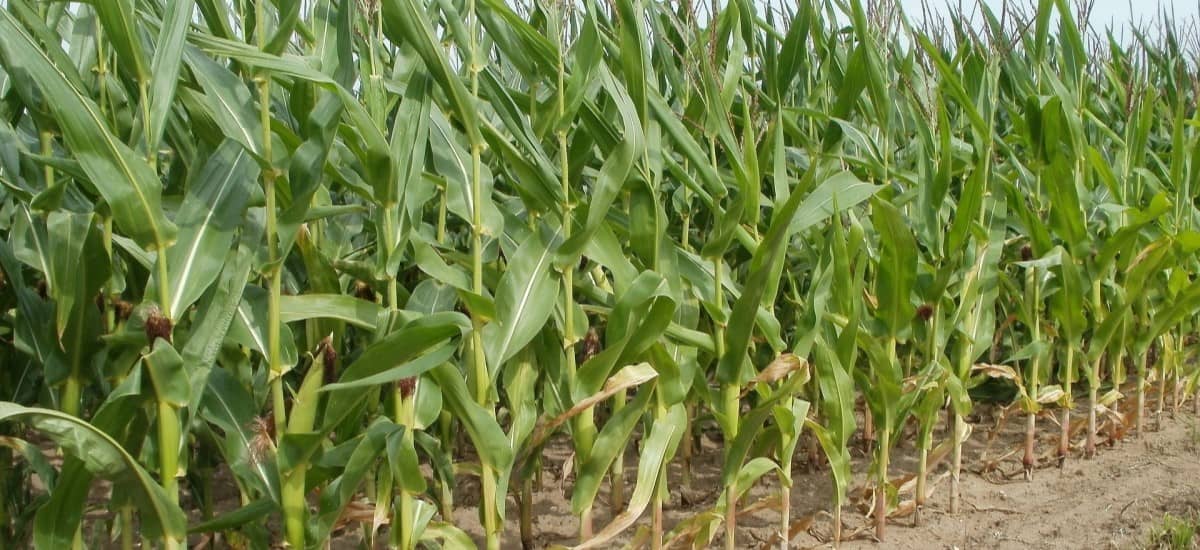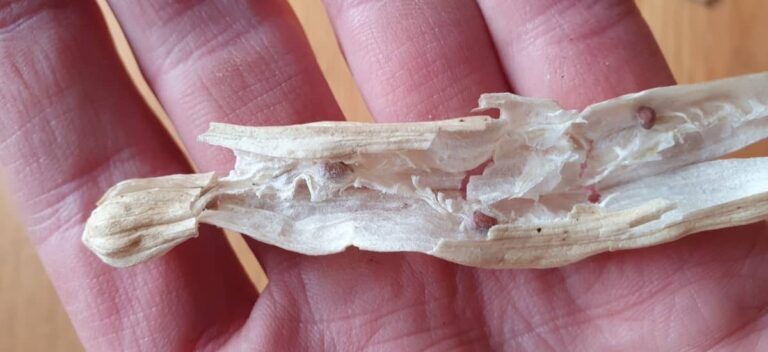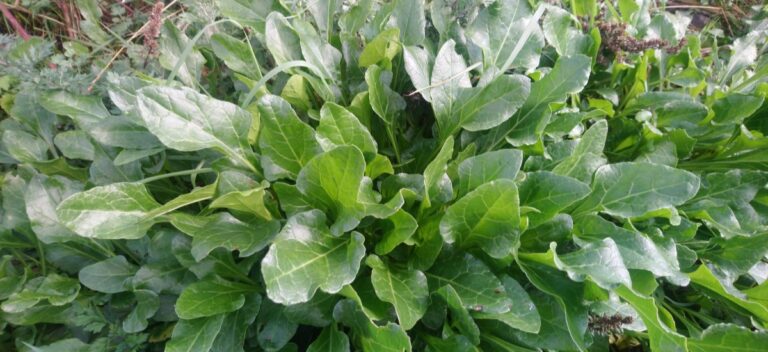What is F1 Hybrid Seed?
One of the first things would-be seed savers learn is that you ‘cannot save seed from F1 hybrids’. Though usually not true, it is still rarely worth doing as the crops produced from them will be unpredictable in their growth form. Hopefully the following will shed some light on the terminology of F1 seed, why they are produced and what is involved in the process.
In seed terminology ‘F1’ means the first generation of seed produced when two parent varieties are mated. If plants are grown from these F1 seeds and crossed (or self pollinated) then the resultant seed from them would be F2, or second generation. And so on. ‘Hybridisation’ has historically referred to the cross breeding of two varieties to create a new variety. In this sense hybridisation can have a fairly broad meaning.
These days the terms of F1 and Hybrid have come to almost exclusively refer to a type of commercial seed in which the hybridisation is achieved in a very particular way and with very particular goals. These goals include:
Uniformity. F1 hybrid seed produces very uniform plants and if grown in the same environment they will produce a uniform crop. This creates crops which become ready to harvest at the same time – one of the reasons F1 varieties have become widely used in large scale mechanised production. They are also more uniform in terms of size, colour and yield which makes them more predictable for processing and for meeting the demands of supermarkets.
Hybrid vigour. Plants produced from parents with quite different characteristics will often show very vigorous growth due to heterosis. Though not fully understood, heterosis is attributed to the fact that genes which confer positive traits to plants are more likely to be dominant whereas those less positive to the outcome of the plant tend to be recessive. In a sense, the best characteristics of both parents can be brought together in the F1 generation (such as disease and pest resistance, good growth habit, high yield, fruit size etc.). This is one of the reasons F1 varieties are very often higher yielding than open pollinated ones.
Proprietary. It is a well known drawback of F1 hybrids that seeds saved from them (F2) will not produce plants that grow ‘true to type’. As the genes get reshuffled again, this time unpredictably, the resultant plants will show a broad range of characteristics and often not resemble the parent plants very well. Herein lies a contentious incentive structure. As farmers and gardeners cannot save seed from hybrid varieties if they also want to reliably grow the same crop the following year they must buy the seed annually. This insures repeat custom for the companies that produce them and is leveraged to maximize profit. However, it is also an incentive for seed companies to invest the large amounts of resources required on breeding programmes. They can use this feature of hybrids to protect their investment and insure they get a return for creating successful commercial varieties.
How F1 seed is produced
- Varieties with desirable traits are chosen as parents.
- Inbred strains of the parent varieties are developed by self pollinating single plants and selecting the offspring for the characteristics sought after. This typically takes eight to twelve generations. Vigour and health of the plants are lost due to inbreeding depression (essentially the opposite of hybrid vigour) but the desired traits are isolated. (You may notice that with some crops you never see F1 varieties. Lettuce, for example, is intolerant of inbreeding. They suffer heavily from inbreeding depression which it makes impossible to maintain inbred lines. This is mostly true for wild plants too. Tolerance to inbreeding for a lot of crops has come with domestication).
- The parent lines are then ready for cross-pollination to produce the F1 hybrid seed.
- As self pollination must be avoided at this stage, one of the parent lines is chosen as the male parent to supply pollen.
- The other parent line is then emasculated to prevent the production of pollen. This can be done in a number of ways and some are more controversial.
- Physical removal. The anthers can be removed by hand before they mature and produce pollen. This is delicate and laborious work. There is also a suction method used in species with small flowers – a thin tube is used to suck the anthers from the flowers. However, this method is not fully reliable and there will be some self pollination still occurring.
- Temperature Treatment. Pollen grains are generally more sensitive than the female reproductive parts of flowers so hot (or cold) water treatment is also used to emasculate flowers. Most commonly, the whole flower is submersed in hot water. The most effective temperatures and times for different species have been worked out by plant breeders.
- Genetic Emasculation. Within many plant species are genes which render the plant unable to produce viable pollen and this is known as cytoplastic male sterility (CMS). These genes can be utilised in the breeding programme to remove the need for emasculation.
- Chemical Means. In this method, chemicals referred to as gametocides which kill the male gamete without affecting the female gametes are used.
- The parent lines are grown together in conditions that must exclude foreign pollen.
- Seed is collected only from female plants.
The journey need not end there and people do take the F2 generation on for further breeding or to try and stabilise the desirable traits into an open pollinated variety. Sometimes breeders take advantage of the heterogeneity of F2 seeds, such as in geranium flowers to create a variety of colour and habit for displays.





